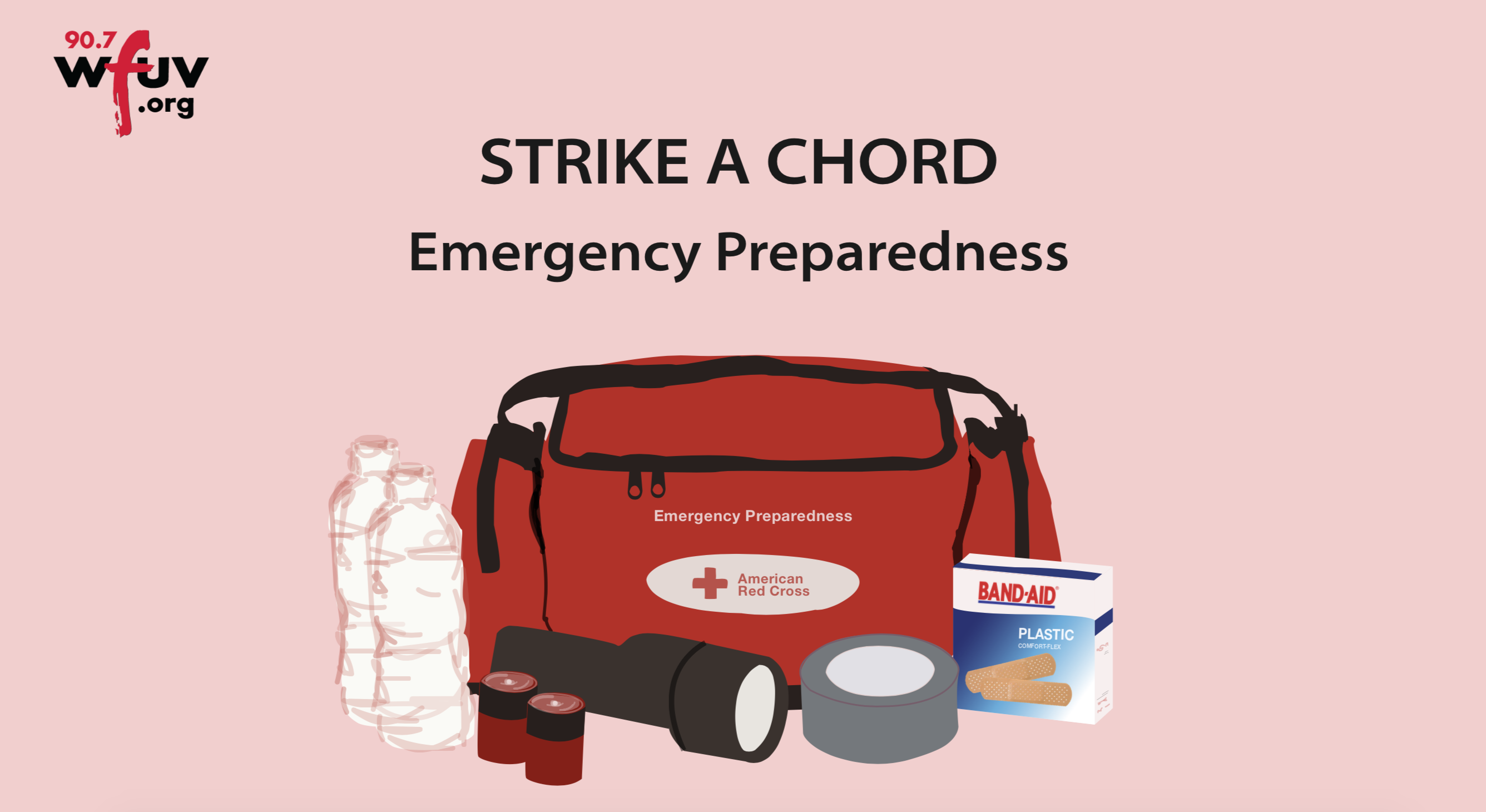Strike A Chord: How Keeping Health Centers Afloat Helps Communities

NYC’s federally qualified health centers provide medical resources for underserved communities, particularly those without insurance. Alexander Lipovtsev, the Emergency Management Director of the Community Health Care Association of New York State says that depending on the severity of the situation, FQHCs can even provide good alternatives to emergency rooms. They can help minimize the risks of catching an infectious disease and all the associated costs.
“And then understand that going to an emergency room is probably the last case resort," Lipovtsev said. "Sometimes going to an urgent care center or community health center will probably be a better idea because you’re not going to be sitting in a waiting area exposed for that long, exposing others or being exposed to something else.”
But if the health centers aren’t prepared to deal with their own emergencies, the communities they serve can be negatively affected. When Hurricane Sandy hit in 2013, for example, some facilities were crippled by flood damage that ruined equipment and forced evacuations.
Thomas Meyers is the Safety Administrator at the Joseph P. Addabbo Family Health Center in Far Rockaway, Queens, one of the health center that was hit hard by Sandy. He describes how the community suffered while the health center recuperated:
“But it was after the storm hit that the staff were impacted. They had to relocate for about two weeks before things were back to normal. We had to relocate patients for their services. They’re outpatients, but the agency had to contact them and move them around for their services. Some people didn’t have access to services for a couple weeks.”
Health centers are so pivotal to communities that in 2016 the federal government passed legislation to ensure their preparedness in case of an emergency. Lipovstev explains that the regulations will prevent loss of life and make sure that FQHCs are functional in the aftermath.
He said, “The goals are to safeguard life and safety of staff, patients, everybody involved, to ensure business continuity, meaning continuity of access to care.”
When health centers are prepared for the worst, Meyers says that the people they serve can know that they are in safe hands.

